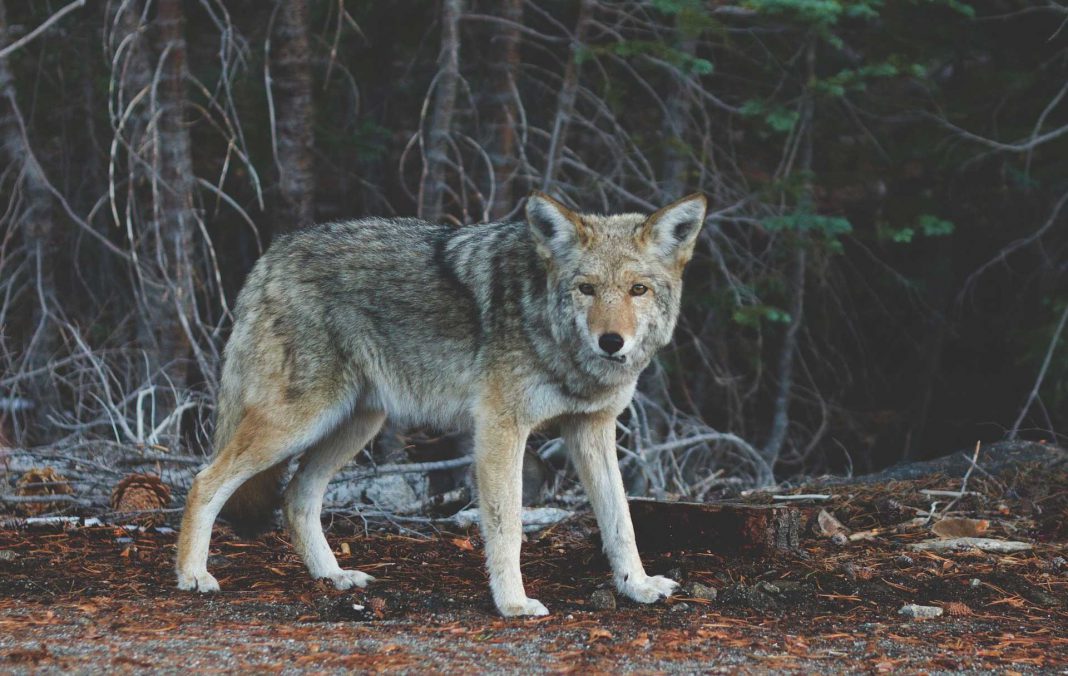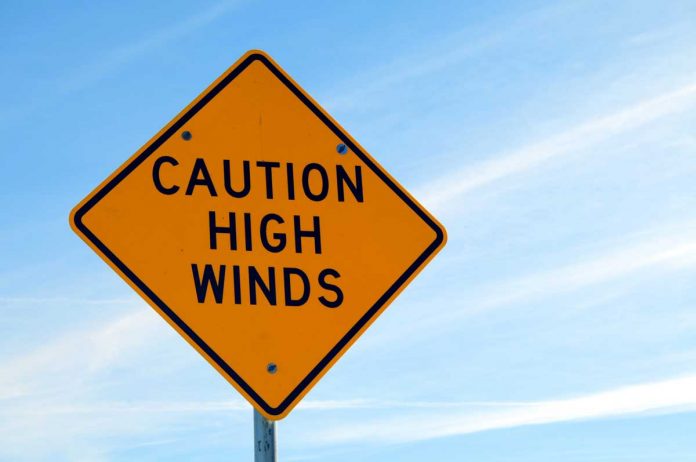LIVELY – Manitoulin and area harvesters/trappers were pleased to be invited to a meeting this past Saturday in Lively put on by the group The Land Between, held to better inform the Algonquin wolf recovery strategy.
“It was a good meeting and I’m happy we were there,” said Manitoulin Trappers Council president George Hagen, who attended alongside two other members of the Island group. “It had to do with the Algonquin wolf recovery strategy being looked at.”
Leora Berman, founder of the The Land Between (a cottage country conservation collective) told the Recorder this past Sunday that the main issue is that “harvesters have been unfairly saddled with the majority of blame for the decline of the Algonquin wolf. This perception has been perpetuated through deficient and inexact or inaccurate communications. Furthermore, the draft recovery strategy did not properly reflect the data, conclusions were drawn broadly from limited information and strategies were decided upon without accurately and fully stating the rationale for them.”
“The Land Between is the name of a region and our organization. The Land Between bio-region lies between the Canadian Shield and St. Lawrence Lowlands,” said Ms. Berman. She explained, “it extends across south-central Ontario from the Georgian Bay coast to the Ottawa Valley. The region is a meeting place for the raven and crow, loon and cardinal, moose and deer, marten and woodchuck, jack pine and walnut, blueberry and strawberry and wolf and coyotes. This region boats more lakes, rock barren alvars and wetlands than anywhere in the province. It has the highest habitat diversity in Ontario. This bio-region is the last intact wilderness landscape in south-central Ontario and is a final refuge for most fish and game species, including many species at risk and other disappearing wildlife.”
Ms. Berman explained, “therefore the region is a stronghold for outdoor sports and recreation, nature appreciation and iconic Canadian cultural heritage. The region is also a meeting place of city and country, Liberal and Conservative, First Nations and settler, hunter and non-hunter.”
The first meeting (of a series of weekly meetings) was held this past Saturday, and “had great attendance,” said Ms. Berman. She pointed out the current MNRF wolf/coyote strategy, “seems way too broad and harvesters have been unfairly saddled with the majority of the blame for the decline of the Algonquin wolf. This perception has been perpetuated through deficient and inexact or inaccurate communication. Furthermore, the (provincial) draft recovery strategy did not properly reflect the data, conclusions were drawn broadly from limited information, and strategies were decided upon without accurately and fully stating the rationale for them.”
“Because The Land Between helps protect land and animals, including wolf/coyote, we want to know what is happening from the perspective of local hunters/trappers for instance, so we will be holding a series of 10 meetings or talking circles.”
“The current Algonquin wolf strategy seems way too broad brushed when it comes to harvesters and their effects on the coyotes/wolves. And we know if one aspect of making changes with the land or normal practices being carried out it affects everything,” said Ms. Berman. “It was wonderful to get so much testimony from all the trappers in attendance (both non-Native and Native),” said Ms. Berman. “When trap lines are being run to trap wolves/coyotes it creates more of a balance in the species, and helps to keep everyone in balance.”
Ms. Berman noted as well, “currently, a lot of places where wildlife is located, their habitat, the land, forests and water are affected by glyphosate spraying being carried out. For instance, studies have shown the beaver population is disappearing in these areas.”
Ms. Berman indicated that her group is not on the government side or trappers’ side of these issues. They are “just looking for information and to get everyone’s knowledge on coyote/wolves and their habitat and what is taking place,” said Ms. Hagen. “They had maps and information for us to look at, where we have seen wolves/coyotes, where they are migrating and feeding. Their objective is to get a more precise picture of what is threatening the wolf/coyote.”
“Speaking as a trapper, I don’t know if we actually have Algonquin wolves on Manitoulin,” said Mr. Hagen. “I don’t do DNA testing on the animals I trap. But what I’m seeing is a cross western coyote with the eastern grey wolf.” He said that in the past, a coyote on the Island would normally weigh between 25-30 pounds. “Now they are being found to be as much as 50-60 pounds each.”
“One representative at the meeting from the Ontario Fur Managers Association said what is called an Algonquin wolf is a hybrid, and that in 10-15 years from now they will have bred themselves into extinction.”
“Manitoulin at one time was known for having quite a few sheep and goats,” said Mr. Hagen. “But coyotes put sheep farmers out of business, and now evaluators are saying there are issues with calves being taken as well. The coyotes we are seeing locally are adapting to all sources of food. They (wolves/coyotes) are very opportunistic.”
Ms. Berman said, “this was our first meeting, and we will be meeting every weekend for a total of 10 weeks. Then we’ll be putting together a report on our findings. Hopefully government and government biologists will find value in the report we provide to them. As a charity organization we are not beholden to anyone except the public.” She said the group hopes to have one of the meetings in Wiikwemkoong.
“We are seeking local, traditional-knowledge-based input on wolf/coyotes, their habitat and occupancy, wolf migration routes etc., and shedding light on gaps in scientific knowledge, and finding new solutions that respect harvesters and their needs,” said Ms. Berman.




